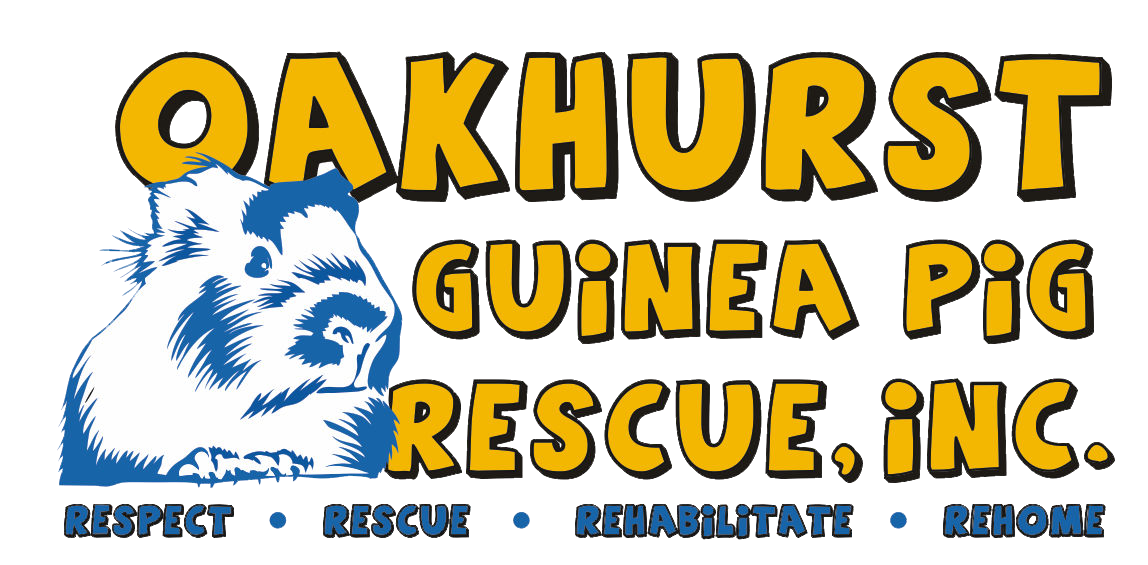Didi is ORGP resident lion!
Ginger is a one and half-year-old short hair OGPR sanctuary pig. She entered the rescue soon after we lost Jakey our six and one-half-year-old heart pig to complications. His cage mate for over five years was Mable a sweet seven-year-old who took the loss of her long-time friend very hard. She became lethargic and uninterested in food until we introduced her to Ginger who quickly became her best friend. Ginger stayed with Mable at the UGA Veterinarian Hospital during Mable's treatment. The hospital and even listed Ginger on the Patient Board as Mable's emotion support pig. Sadly due to Mable's age and complications after surgery she passed while in the hospital. The night we brought Ginger home she ran as fast as she could between the two rooms her and Mable would hang out during floor time looking at every place they would hide. We realized immediately Ginger would need a new best friend!
Hazelnut is a one and half year old tricolor OGPR sanctuary pig. She came to us from Phoenix City Alabama to be Ginger's new friend after our beloved Mable passed away.
OGPR is very discerning when placing guinea pigs in homes. Sometimes the pigs in our rescue have already been bounced through two or more homes. Our goal is placing our rescues in FOREVER HOMES.For this reason, WE ASK SOME TOUGH QUESTIONS AND REQUIRE SPECIFIC CAGES.
To make the adoption process faster and easier we suggest learning all you can about general care, housing and diet before you fill out the application. We will be happy to provide informational materials at your request or you can check out these websites for the most up-to-date and accepted practices in caring for guinea pigs.
Guinea pigs are not the easy-care, starter pet most people think. They are high maintenance and can be quite costly. The following points are to make potential adopters realize there is more to owning a pig than sticking it in a small cage on the dresser and throwing hay and water to it daily.
- If you choose "loose" bedding (Aspen, Carefresh, etc) you could go through a bag a week. They generally run about $20/bag.
- Cages should be kept free of waste and wet bedding. Guinea pigs poop a lot! Spot cleaning at least once a day and doing a total cage clean once a week is best. The bigger the cage, the less often you need to do a total clean!
- Daily fresh vegetables are a crucial part of their diet. Two pigs can eat $25/$30 per week of fruits and veggies.
- Quality hay and pellets can be bought in bulk and cost-wise, this is a better choice. Up front it may seem like more money, but it will be cheaper in the long run.
- Vet bills for sick pigs can run anywhere from $100-$600 or more, depending on the illness and/or surgery. Yearly well-visits are recommended. These can run $50 or more, depending on the vets in your area. Not all vets can treat exotics so find a cavy savvy vet before you need one.
- Guinea pigs should be weighed weekly. This will often catch an illness before the pet becomes symptomatic. Sick pigs should be weighed daily.
- Nails need trimming regularly. If left to grow they will corkscrew and grow into the feet. Needless to say, this is very painful for the pig.
- Guinea pigs live, on average, 5-7 years. Are you, as a responsible parent, willing to commit to this pet for that long? Children may be "in charge" of the feeding, watering and socializing of their guinea pigs but ultimately an adult needs to supervise the daily routines, making sure they are done and done properly.
- Guinea pigs are NOT toys and should not be thought of as disposable once a child "outgrows" them. Unlike the toy building blocks and dolls, these are living creatures that can not be sent to the local charity or put out at the neighborhood garage sale.




